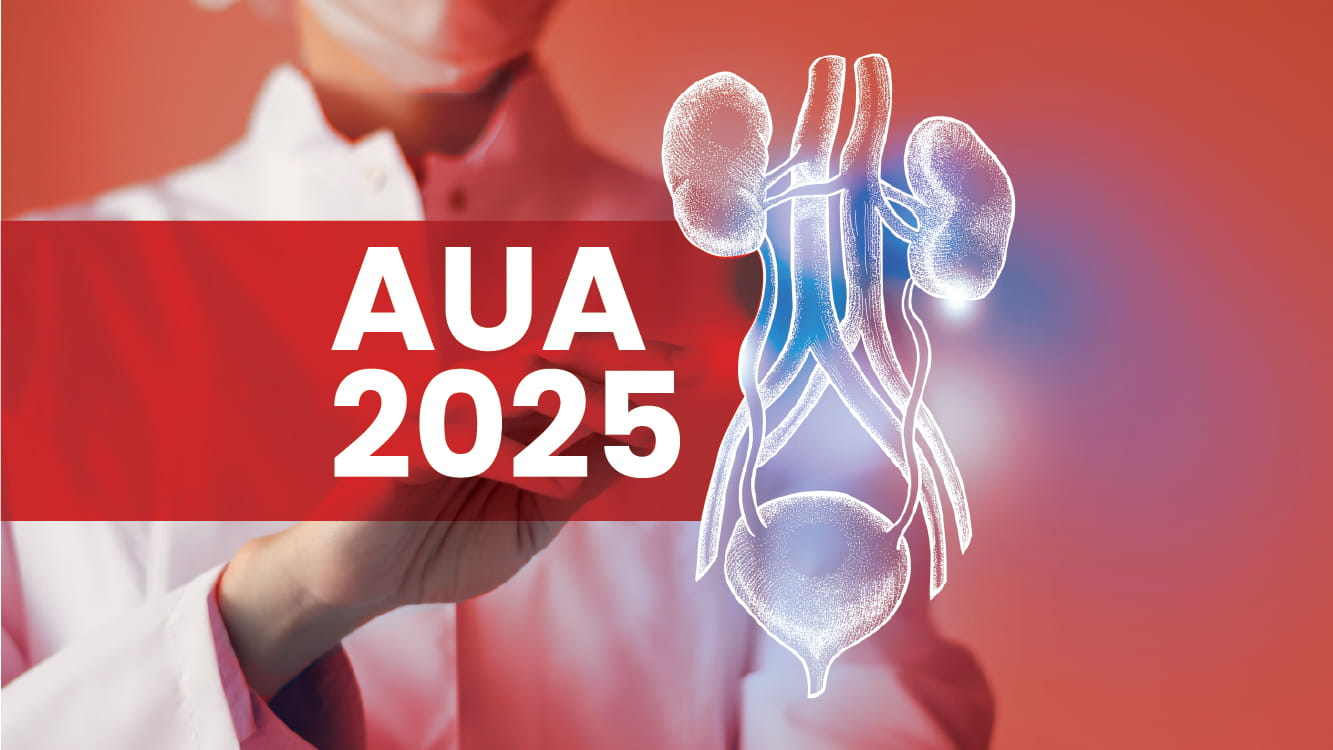The session discusses urological trauma and complications through the findings of various studies.
The MiGUTS nomogram was developed to predict intervention for bleeding control in renal trauma cases, especially high-grade injuries. To validate the nomogram, 166 patients from a Swiss trauma centre were retrospectively analyzed. The nomogram correctly identified all patients who received embolization, with a sensitivity of 100% and a specificity of 87%.
A retrospective study analyzed 67 patients with penile injury at Sicilian emergency departments over ten years. The study found that penile fracture is a frequent urological emergency. Magnetic imaging resonance (MRI) can offer further diagnostic information, and surgical treatment is the preferred option, with a recommended cut-off time of 24 hours. However, delaying surgery beyond this time does not affect the prognosis.
A retrospective study reported perioperative outcomes and treatment failure rate of a recent series of patients who underwent robot-assisted ureteral reconstruction for iatrogenic injuries of the ureter. It concluded that a robust assist approach could safely treat iatrogenic ureteral injuries. This approach represents a minimally-invasive option in patients where the ureteral lesion was determined during endourological or laparoscopic procedures.
A retrospective study examined the outcomes of early endoscopic realignment (EER) for patients with pelvic fracture urethral injury, which can cause serious micturition issues. The study suggested that EER can help some patients avoid more extensive surgical treatment and does not compromise the possibility of later urethroplasty.
A retrospective study evaluated the treatment of renal trauma over the past 20 years. The rate of urological surgery decreased from 11% to 6% in the first and second decades, respectively. The angioembolization (AE) rate increased from 8% to 18%, and postoperative complications decreased from 16% to 7%. The study suggested that selective AE is a safe and effective option for managing renal trauma and has lower complication rates.
A study analyzed 13,228 patients with advanced tumor stages from an uro-oncology rehabilitation clinic during the COVID-19 pandemic. The study found an increase in lymphoceles for prostate surgeries, with a pandemic effect and an increase in urinary tract infections for retropubic and laparoscopic approaches. For cystectomy for the bladder, there was an increase in lymphoceles for robotic and open approaches, and wound healing disorders were more common with the retropubic approach. The study concluded that the complication rate is highly associated with the surgical approach during the pandemic.
A retrospective study determined the cost burden of radiation cystitis, a complication in pelvic cancer patients undergoing radiation therapy. The average cost of inpatient was €23,700 per patient, and the total cost burden was over €280,000 per year. The study suggests that collaboration between radiation oncology and urology is needed to improve patient outcomes and reduce the economic burden.
A retrospective study reviewed patients with pudendal neuropathy who received treatment with deflazacort and then the infiltration of the pudendal nerve using ropivacaine and triamcinolone. Sequential treatment with corticosteroids and infiltration is a safe technique with good and long-lasting results in patients with pudendal neuropathy.
A study evaluated the use of rotational thromboelastometry (ROTEM) to determine hypercoagulation and evaluate venous thromboembolism (VTE) risk in patients undergoing urologic surgery. ROTEM can be used in conjunction with VTE risk assessment models to offer prophylaxis on a personalized basis. The study suggested that future research is needed to define patients at high risk for VTE after major urologic surgery.
A retrospective study analyzed the results and complications of OptiMed expandable ureter stents in patients with ureteral stenosis. The study found that expandable ureter stents could be an alternative to percutaneous nephrectomy in fragile patients with refractory stenosis, and no major complications were reported after surgery.
A case of a 66-year-old woman who underwent a left robot-assisted partial nephrectomy for a left renal mass was presented. The final pathology revealed clear renal cell carcinoma. Several risk factors were identified, such as elevated BMI, abundant visceral fat, and left-sided tumors. Identifying anatomical landmarks and using augmented reality systems could help avoid such incidents in the future.
A case of a 64-year-old male with acute right renal colic pain caused by a retrocaval ureter anomaly and an obstructive calculus proximal to the retrocaval section was presented. Endoscopic treatment was attempted but was unsuccessful, and surgical reconstruction was required. A double J stent was used for anastomosis, and there were no postoperative complications at the six-month follow-up. The patient has a normal renogram with no obstruction and is asymptomatic.
European Association of Urology (EAU) Annual Congress 2023, 10th March - 13th March 2023, Milan, Italy


